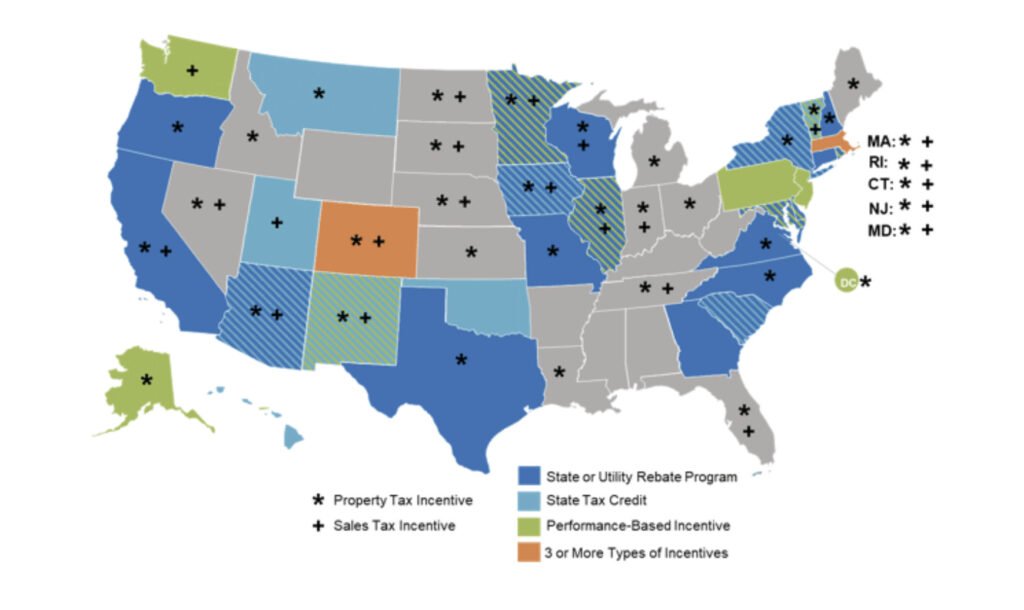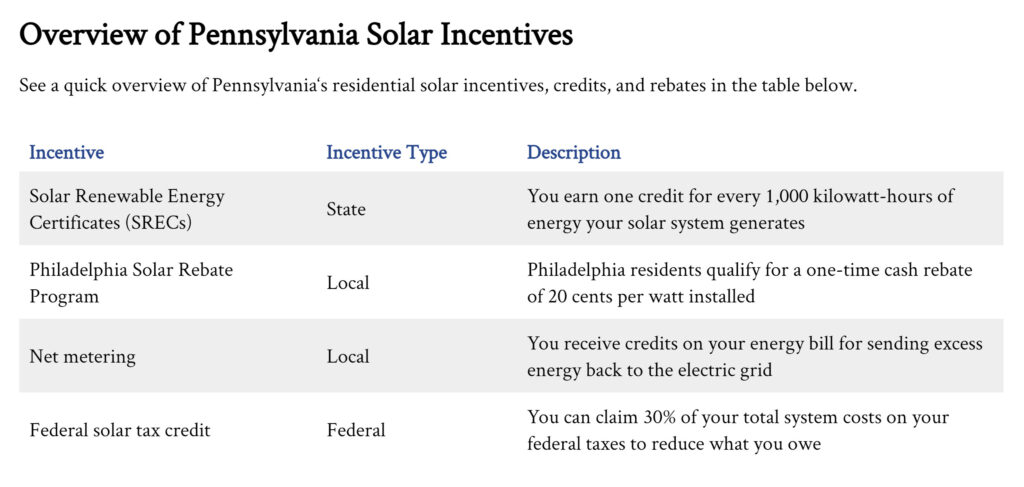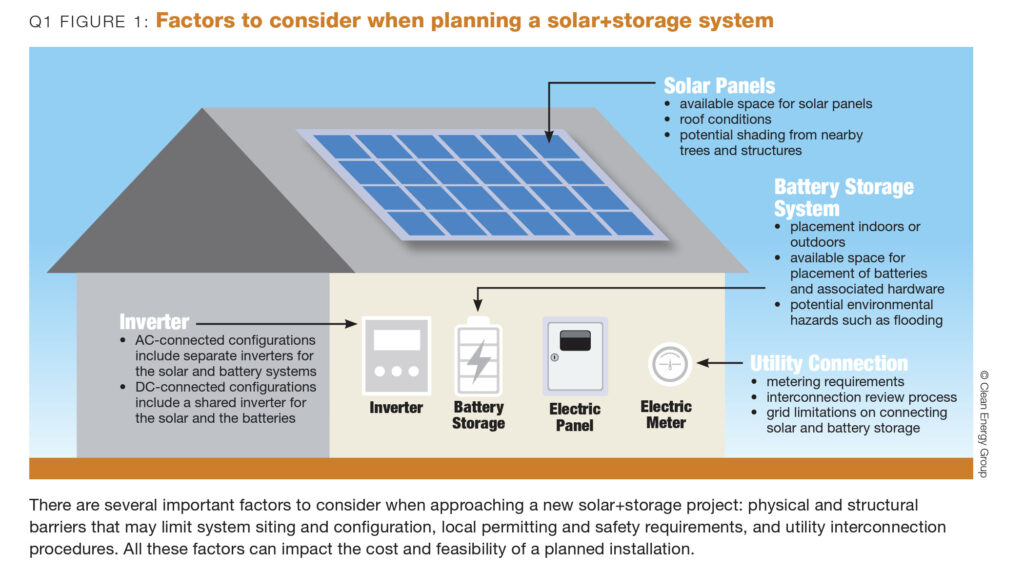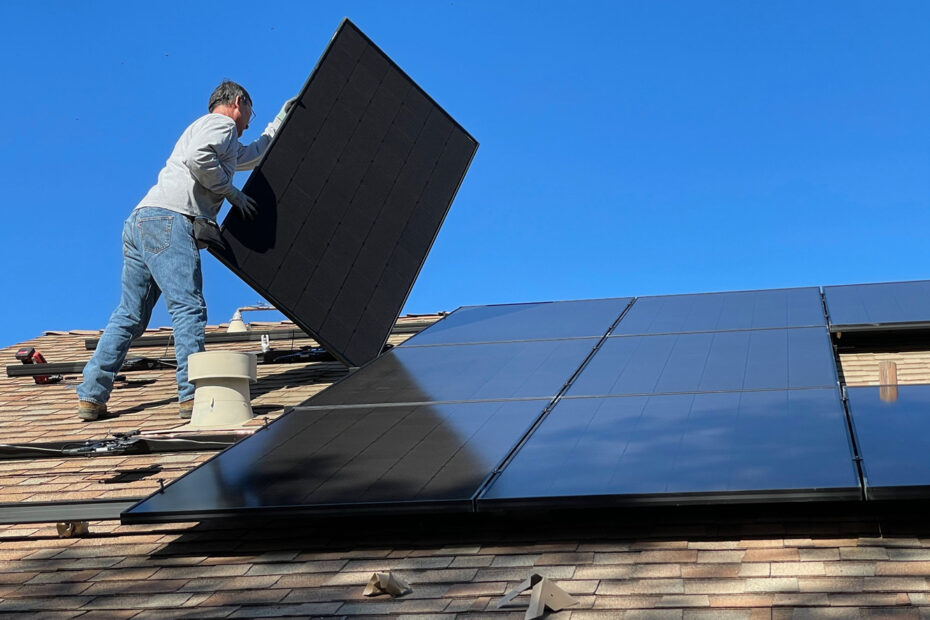The solar energy industry is no stranger to its fair share of ‘ups and downs’, but the overall trend is one of growth despite these fluctuations. In 2023, that growth continued, although a little more slowly than in years past. A report by Wood Mackenzie showed a 24% growth in solar installations through the first three quarters of 2023.
Solar Energy Growth
Pennsylvania is trending to increase its solar power production, decrease its carbon footprint, and increase its energy independence from fossil fuels. A solar system could provide approximately 15 years of free power with an average solar payback period of less than 10 years. The state has approximately 179 sunny days per year, close to the US average number of sunny days.
Solar panels in PA currently rank 22nd in the USA. The total solar energy capacity is equal to 805.7 MW, which is about 0.4% of electricity production in the state. This much solar power can supply almost 100,000 Pennsylvania households with renewable electricity. Residential solar installations make up the bulk of this capacity, with over 39,800 solar installations in the state. The state makes almost a third of its electricity from nuclear and over 50% from natural gas, but renewable power, including solar, is growing its capacity.
The average cost of a solar panel installation in PA has also dropped significantly in the last decade, with the price being reduced by a total of 80% with an average 5 kW solar system costing between $13,500 – $18,500. Significant incentives for solar installation have renewed interest in solar in the state.

High-Interest Rates
The U.S. Federal Reserve raised interest rates to new highs in an attempt to hold down sharply rising inflation. This was a particular challenge to rooftop solar, as many companies rely on loans to provide solar equipment to their customers. It was an additional burden on homeowners and businesses that wanted to finance their purchases using home loans and solar loans to pay for their projects.
According to a blog post by Wood MacKenzie “Loan providers made significant pricing and product adjustments over the past year, which impacts the customer value proposition in some states. According to the EnergySage platform, the average quoted solar loan APR more than doubled from 2.5% in Q3 2022 to 6.1% in Q3 2023.”

High-interest rates put pressure on solar financiers to either raise interest rates on loans or assess upfront dealer fees. In both cases, these changes reduced the value offered to customers, leading to a tough year for solar company stocks as well as a slowdown in installations. Homeowners and businesses that are ‘running the numbers’ have found the additional finance costs made some solar investments less attractive and take longer for payback periods.
Financial Incentives
More programs are being offered by various federal, state, and local authorities to encourage the development and implementation of clean energy technologies, with solar being a specialty. While homeowners and small business owners must evaluate if solar makes sense for them by ‘running the numbers’, these financial incentives help offset costs.
For an overview of different methods to finance the actual installation, see our previous blog post about financing options.
Part of the cost calculations involve evaluating the various incentives available and how to qualify. Each authority is adding (and removing) new programs over time. One of the most comprehensive sources of information on incentives and policies that support renewable energy in the United States is the DSIRE database online. It is operated by the N.C. Clean Energy Technology Center at N.C. State University and was funded by the U.S. Department of Energy. Below is a map of various state’s incentives.

The detailed list of incentive programs offered specifically for Pennsylvania is available here. The overview of the state incentives, credits, and rebates for the state are below.

High Utility Rates
While financing a solar project has gotten more expensive, so have utility rates, which is another reason for considering solar. In fact, in some states like California and Hawaii, rates have exploded over the last three years, far outpacing inflation.
The national average retail electricity price per kWh is 16.11 as of June 2023, up from 12.07 cents per kilowatt hour in 2019. Electricity prices do vary across the states, but in the most expensive markets, the calculations to ‘go solar’ make much more sense when accounting for these rate increases.
Federal energy deregulation, the Public Utility Regulatory Policies Act (PURPA) passed in 1978, left it up to individual states to decide how to supply energy to users. There are now 18 deregulated states for energy in the US. While each one of these state utilities has the mandate to deliver electricity to your home and ensure the operability of the electric grid, consumers have the right to choose who will supply the electricity, based on competitive prices. While rates are competitive, they can still be high because it costs in particular states to generate energy, resulting in higher costs per kilowatt-hour (per kWh).
Pennsylvania deregulated its power market back in 1997, which enabled private and public companies to sell residential electricity for low rates. Pennsylvania has one of the most diverse deregulated energy markets, with customers paying on average a very affordable rate of $0.0918 per kilowatt-hour. Energy plans in Pennsylvania are some of the most affordable in the US.
However, despite the low average rates offered by the local energy providers (especially in their business energy plans), the average electric bill is not so low – Pennsylvania’s average electric bill is $161, which is a bit higher than the national average. This is due to high power consumption in the state.

Solar Batteries & Inverters
Rooftop solar is evolving because, in several markets across the U.S., net metering is being ‘phased out’. Since this has become a growing trend, the value of stand-alone solar systems has diminished more than in years past.
As such, solar battery energy storage systems are increasingly being connected with rooftop solar to ensure homeowners can store and consume their locally produced clean energy. This also helps avoid peak demand electricity charges that occur in the typical afternoon.
Solar batteries are devices that store the excess energy generated by the solar system. In doing so, they help maximize the savings you get from your energy installation. Solar batteries are one of the most expensive components of a solar system, with the price ranging between $2,000 and $7,000. While this adds to the overall project cost, if you have a solar battery, then the surplus energy coming from your system does not flow back out into the grid. Instead, the excess electricity goes into the solar battery for storage. This stored electricity can be used when your solar panels aren’t generating enough energy. The solar battery can also serve as short-term backup power in case of an outage.
Aside from the solar battery, you’ll need to install an inverter that will work with your solar battery. The inverter acts as ‘the brains’ behind your power system by performing several functions. In addition to converting your solar energy into AC power, it can monitor the system and provide a portal for communication with computer networks.

Solar-plus-battery storage systems can do more than just store power for self-consumption. The collection of all these energy systems can work together, to collectively smooth out demand across the entire grid. This helps create more stability overall in the electrical markets by smoothing out the supply and demand energy imbalances that occur and sometimes lead to either ‘brownouts’ or worse ‘blackouts’.
